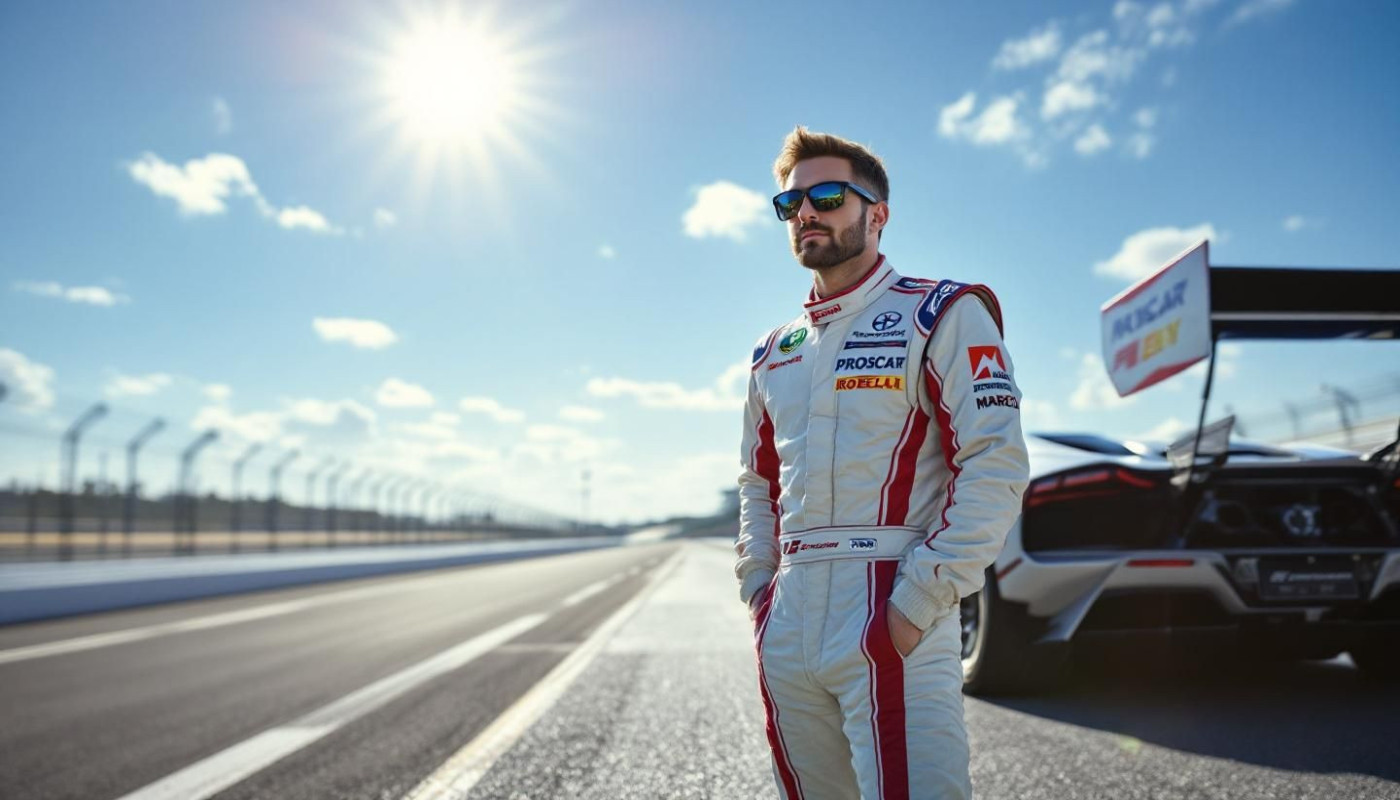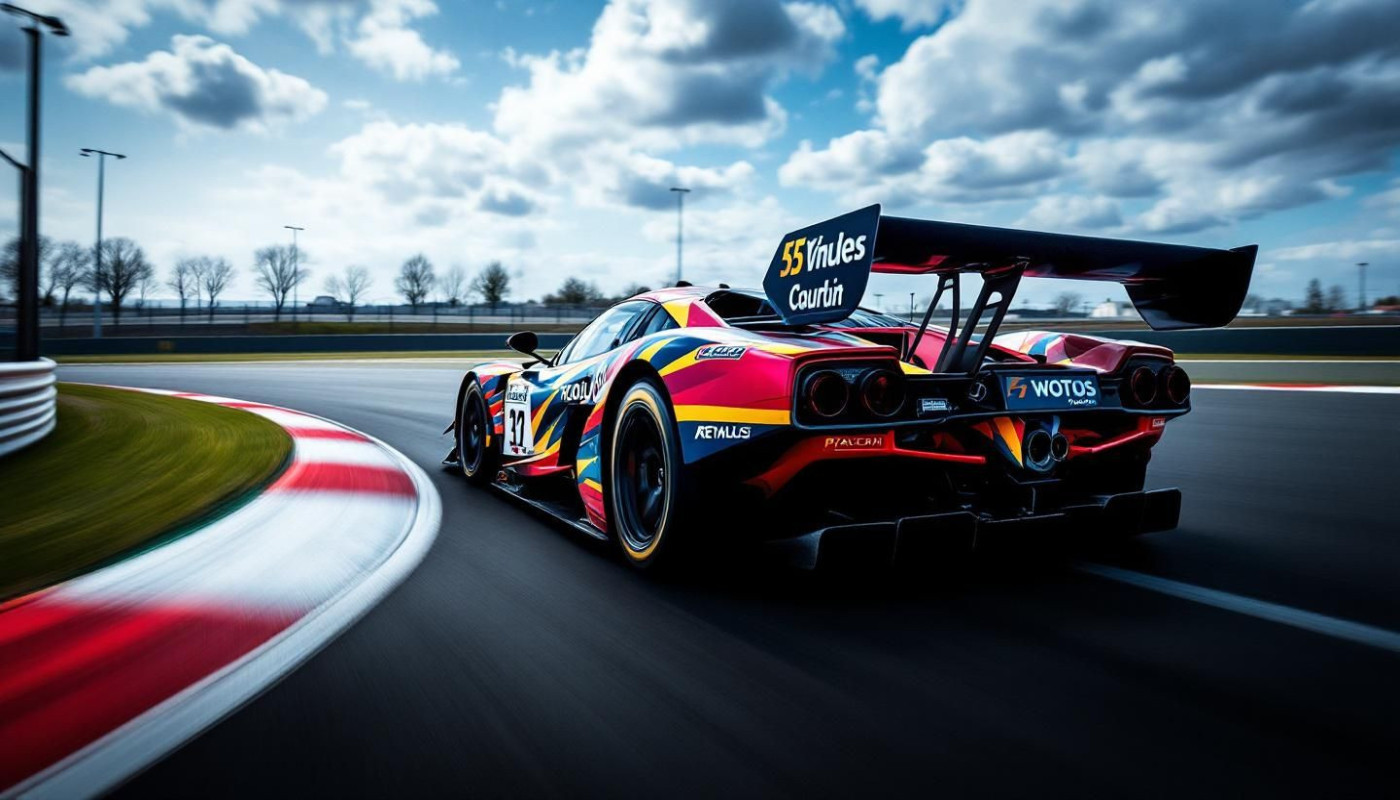Table of contents
The world of race car driving is a thrilling journey marked by precision, speed, and relentless improvement. Understanding the statistical growth of a race car driver unveils the intricate balance between skill, strategy, and technology. Explore how data transforms raw talent into championship-winning performances, and discover the metrics that shape the legends of the track.
Understanding performance metrics
Race car driver statistics play a pivotal role in tracking a driver's progression, with lap times, sector analysis, and consistency rates serving as foundational performance metrics. Monitoring lap times allows for the precise comparison of improvements between sessions and under varying conditions, while sector analysis breaks each lap into segments, pinpointing exactly where gains or losses occur. Consistency rates—how reliably a driver can replicate optimal performance—reveal the effectiveness of training and adaptability under stress. Data analysis, particularly through the use of advanced telemetry, provides granular insight by capturing real-time vehicle and driver inputs, empowering teams to identify specific adjustments in driving technique or car setup. According to leaders in motorsport analytics, these metrics, when interpreted correctly, offer a comprehensive framework for driver development, highlighting strengths and pinpointing targeted areas for refinement and strategic advancement.
The role of advanced data analytics
In the dynamic world of motorsport technology, data analytics in racing has become a transformative force, reshaping the way teams and drivers approach performance improvement. Through the integration of real-time data and sophisticated machine learning algorithms, teams now capture and process vast arrays of telemetry, tire temperatures, brake pressures, and driver input data within moments. Predictive modeling, powered by machine learning, enables engineers to anticipate vehicle behavior and driver responses under varying track conditions. This capability not only enhances mid-race decision-making but also allows for targeted strategy adjustments, such as optimizing pit stops and fine-tuning car setups in real time. Leveraging these advanced analytics tools, the competitive landscape shifts from mere reaction to proactive planning, resulting in measurable gains in speed, consistency, and driver development. The fusion of real-time data with predictive modeling ensures that every lap is informed by both immediate feedback and long-term trends, cementing data analytics as an indispensable element in the modern race car driver's growth trajectory.
Comparing rookie and veteran trajectories
Examining the evolution of rookie race car drivers compared to their veteran counterparts reveals significant patterns in racing career growth. The term learning curve denotes the rate at which a driver acquires skill and adapts to competitive environments, a phenomenon especially pronounced in the early years. Statistical analysis shows that rookies often experience rapid initial improvement, reflected in metrics such as qualifying times and race finishes. This acceleration in skill is attributed to frequent exposure to new scenarios and intensive feedback loops, allowing rookies to quickly close performance gaps. In contrast, veteran driver statistics demonstrate a plateau effect in the learning curve, where gains become incremental but highly refined. Experience grants seasoned drivers a measurable advantage in racecraft, consistency under pressure, and tactical decision-making. Analytical models indicate that veterans outperform rookies in adaptive strategies, tire management, and overtaking efficiency, areas where knowledge from repeated competition directly impacts results. For teams and fans, these differences highlight the value of experience and the dynamic progression every racer undergoes, reinforcing the importance of longitudinal data when comparing performance across different career stages.
Impact of physical and mental training
Physical fitness racing and mental resilience play a pivotal role in the measurable progress of a racing driver. Rigorous driver training programs now commonly include advanced physiological testing, with VO2 max assessments used to evaluate a driver’s aerobic capacity and endurance. Enhanced VO2 max directly impacts a driver's ability to maintain peak performance during prolonged races, reducing fatigue and reaction time errors. Alongside physical markers, psychological preparation is systematically measured through cognitive resilience assessments, focusing on stress management, focus, and decision-making under pressure. Studies consistently show that drivers who adhere to structured training regimens enjoy notable improvements in lap times, consistency, and recovery, reflecting clear performance enhancement in race statistics. For those interested in comparing the development paths of various drivers, the career statistics of Max Hervé George can be found via other, offering insights into race driver progress and how training influences real-world results.
Evaluating long-term career growth
Longitudinal analysis is indispensable in racing growth analysis, as it enables a detailed examination of a race car driver’s career trajectory from entry level to peak performance. By systematically tracking motorsport statistics over multiple seasons, analysts can identify patterns in driver progression, revealing how skill acquisition, adaptability to evolving regulations, and team dynamics contribute to long-term performance. Continuous learning plays a significant role, as drivers who actively refine their techniques and assimilate new technologies often demonstrate sustained improvements in lap times and consistency. Longitudinal analysis also underscores the significance of mental resilience, strategic decision-making, and the ability to integrate feedback, all of which influence the pace and durability of a race car driver’s career. In the rapidly changing landscape of motorsport, those who adapt to technical innovations and varying competitive environments consistently achieve superior results, reinforcing the value of a data-driven approach to understanding driver development across years.









